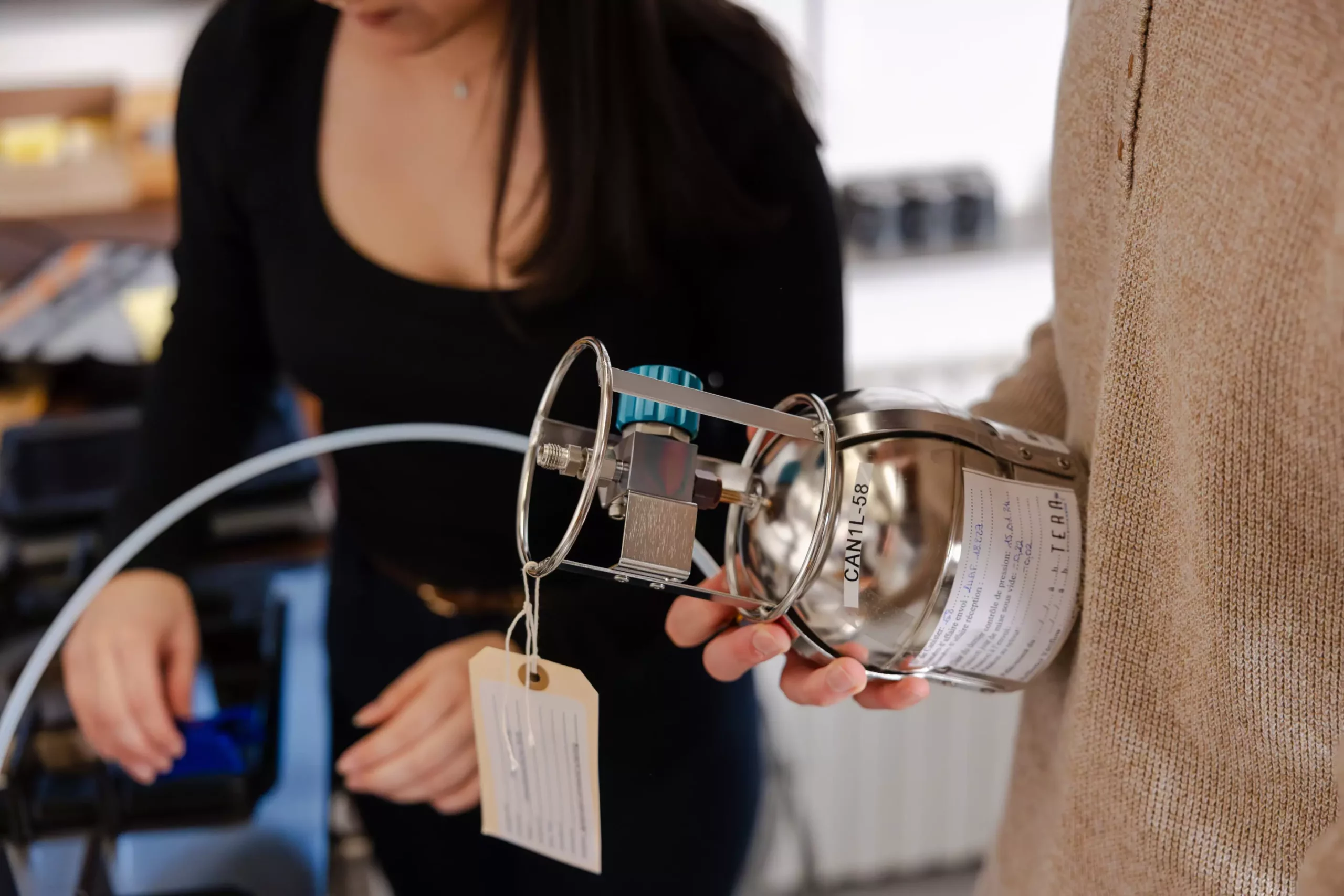The recent study published in Environmental Research Letters highlights the alarming fact that even individuals with an average sense of smell may be unknowingly exposed to natural gas leaks in their homes. This poses a significant risk to public health as small gas leaks can introduce hazardous air pollutants such as benzene, a known carcinogen. The study, conducted by PSE Healthy Energy and Stanford University, raises concerns about the prevalence of undetected gas leaks across North America, emphasizing the need for improved detection and regulation.
The research team collected and analyzed 587 samples of natural gas from 481 residences in 17 North American cities, revealing that benzene and other hazardous air pollutants are present in nearly all natural gas supplied to households, buildings, and businesses. These findings underscore the widespread nature of the problem and the potential health risks associated with indoor gas leaks.
Lead author Sebastian Rowland points out that while these small leaks may not be large enough to cause gas explosions, they can still result in persistent indoor sources of benzene and methane. This poses a serious health risk to occupants, especially considering the difficulty in detecting and fixing such leaks. The study highlights the limitations of relying solely on odor as a means of leak detection and emphasizes the need for greater transparency and regulation in the natural gas industry.
The study also reveals significant variation in gas composition across different cities, with Vancouver, Los Angeles, Calgary, and Denver showing higher benzene levels compared to other cities. This variation underscores the need for standardized odorization practices and stricter regulations to ensure uniform levels of safety across all regions. The findings suggest that consumers may be at greater risk in certain areas due to differences in gas composition and odorant levels.
The researchers propose several recommendations to address the issue of indoor gas leaks, including greater transparency of natural gas composition data, regular sampling, and improved leak detection methods. They also advocate for stricter odorization standards and increased used of leak detecting devices to enhance public health and indoor air quality. These recommendations are crucial for protecting individuals from the health risks associated with natural gas leaks and ensuring a safer living environment for all.



Leave a Reply